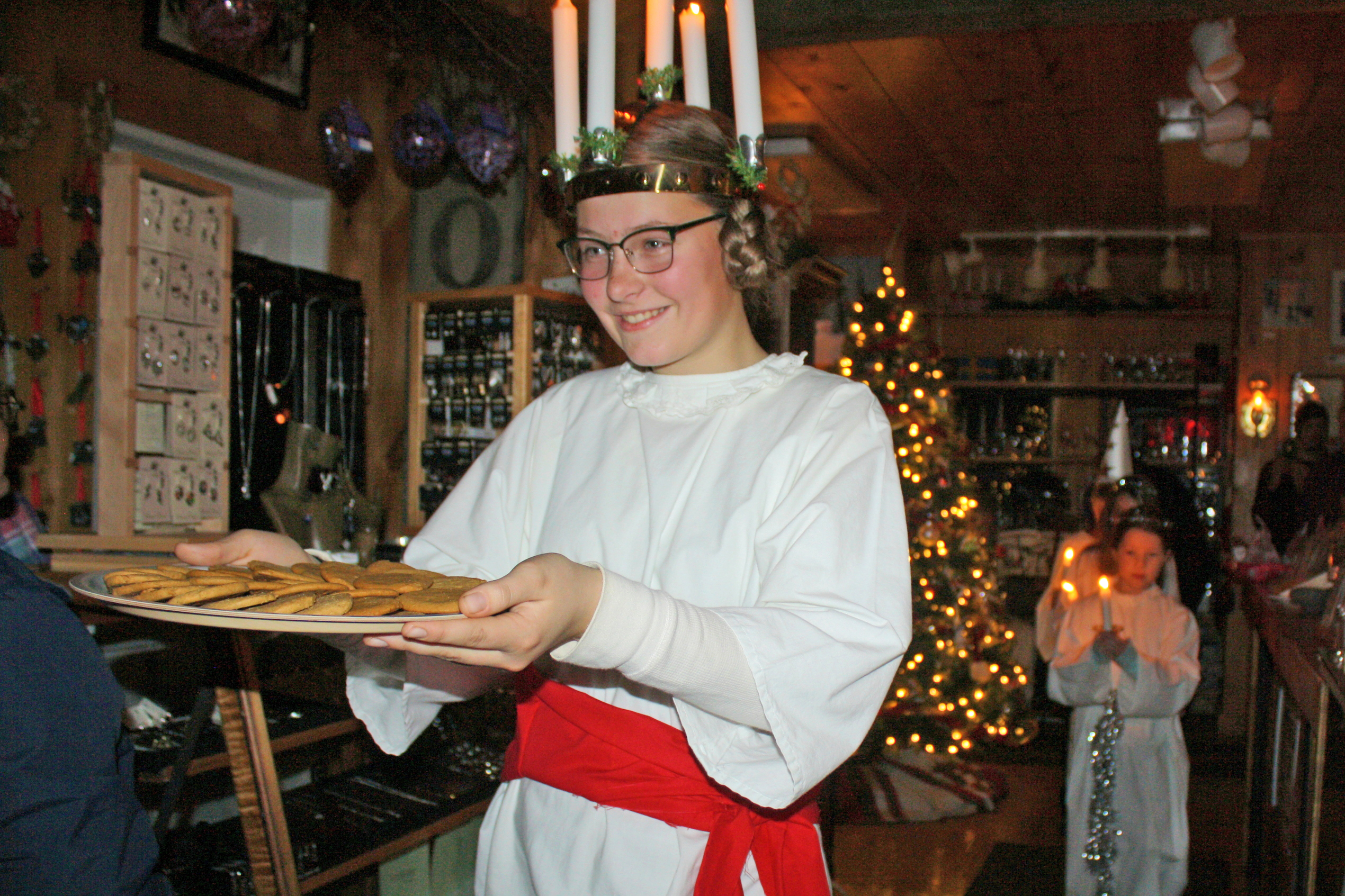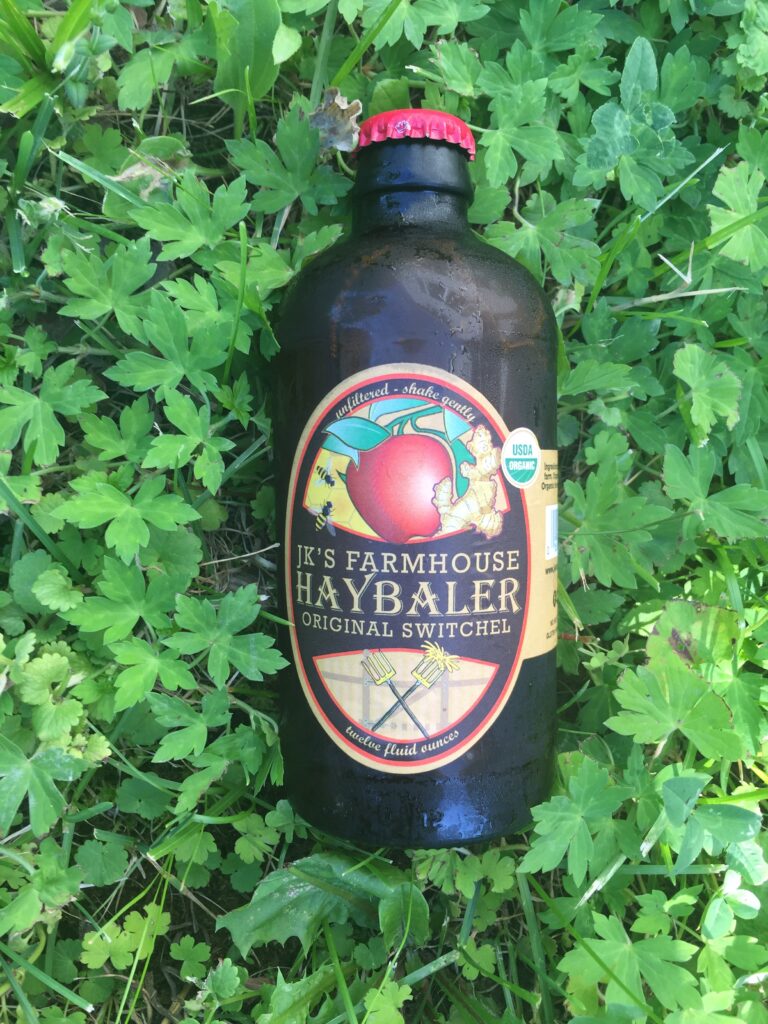
A vinegar drink and a delicacy made with animal blood sound like a great Halloween menu.
In fact, they’re some of the unique tastes Aroostook County readers love.
When we wrote recently about some of The County’s culinary delights, many of you suggested other foods that should be on that list, including Houlton Farms’ legendary butter.
Way up north of everything else in Maine, Aroostook is known for its lumbering and farming roots. Generations of families, including those with French Acadian and Swedish heritage, still make traditional foods or fondly remember what used to be on their tables. Some of the stuff is either hard to find or only made at home, but it all adds to the cultural mix that makes The County special.
Here are five of readers’ favorite flavors.
Cretons
A beloved dish among Acadian households, this spiced pork pate is especially popular around Thanksgiving and Christmas, when family gatherings abound and cooks make their favorite traditional recipes.
The packaged product is on some grocery shelves, but you’ll have to travel north if you want to order it out. The only place in Maine you’re likely to find it is Dolly’s Restaurant in Frenchville, according to manager Cindy Tardif.
“People can buy it in a local food store, but we’re the only restaurant that serves it,” she said.
Tardif makes the cretons herself. She cooks the pork, then adds spices and seasoning and grinds the mixture together.
The business goes through a lot of cretons, up to 20 pounds a week, Tardif said. Most people’s favorite way to eat it is spread on ployes.
Pepparkakor
These little spice cookies are a special part of a longtime Swedish tradition celebrated in the New Sweden/Stockholm area. St. Lucia Day has been celebrated in Sweden since the fourth century, according to New Sweden resident Brenda Jepson.
Legend says St. Lucia wore a crown of candles on her head so her hands were free to feed the needy, Jepson wrote in the Aroostook Republican & News in 2021. She is also honored for bringing light and joy into the darkest days of winter.
Each year, Aroostook Swedish descendants, friends and local students enjoy a ceremony featuring kids in costume. In darkness, St. Lucia appears first to light the way, followed by her attendants. Part of the ceremony involves passing out the pepparkakor treats to those attending.
According to Swedish tradition, you make a wish while cracking the cookie in the middle with a knuckle. If the cookie breaks into three pieces, your wish will come true.
During a 2021 ceremony, attendants gave out 500 pepparkakor.
Fiddleheads
Fiddleheads may not be just a northern Maine thing, but in springtime they rule The County. They’re sold on roadsides, in stores and local restaurants.
Presque Isle even has a Fiddlehead Festival to celebrate them, featuring fiddlehead art, picking and food.

People comb riverbanks from the St. John Valley to beyond Houlton, foraging for the young, curled fern tips. After cleaning the brown, papery chaff and rinsing, some people freeze or can them, while others just cook them fresh.
Fiddleheads shouldn’t be eaten raw and should be boiled for 10 minutes before using in recipes to kill any bacteria, according to The Wilderness Wife, a lifestyle website run by Sheryl and the Thompson family of Sherman.
Many folks like them simple, with butter and vinegar. Thompson sautes them with butter, vinegar, onion and garlic. Some County restaurants serve them fried, and adventurous souls might like to try them in an alfredo sauce with pasta or — as a store in Grand Isle did — on pizza.
Switchel
If you were involved in haying or any summer field work, you might have heard of this drink.
Some say switchel came from Britain during colonial times and others claim it originated in Canada, but generations knew it as a hot-weather thirst quencher.
Also called haymaker’s punch, the drink dates back to colonial America and could be called the original New England home brew, according to the Old Farmer’s Almanac. Even members of Congress lapped it up — although their version was liberally sprinkled with rum.

“Swinging the scythe was a very thirsty task,” Marie Nightingale wrote in the 1970 historical cookbook “Out of Old Nova Scotia Kitchens.” “Nothing, it is said, was as refreshing as this cooling drink.”
Nightingale’s recipe for Haymaker’s Switchel says to mix together a gallon of water, 2 cups of brown sugar, a cup of molasses, 1 1/2 cups of vinegar and a teaspoon of ginger. To keep it cool, she recommended hanging the jug in the well.
Blood sausage
Known as boudin in French, blood sausage or blood pudding is a delicacy many Aroostook County families will remember making or at least seeing in grocery stores. Reader “Yogibear” remembered it from Cyr Bros. Meats in Bangor.
And yes, it really is made of blood, with fillers like meat or grain and seasonings.
Hog butcherings were big events for Acadian families, according to the University of Maine at Fort Kent’s “Acadian Culture in Maine” website. One thing cooks made was blood sausage. St. John Valley boudin, though related to the “boudin rouge” of Louisiana, does not use rice.
Valley resident Cleo Ouellette remembered her family making boudin. She used to help prepare the intestines, which were filled with blood and possibly seasonings, she told BDN reporter Julia Bayly in 2018. Once it congealed the product was cooked.
Versions of boudin appear in many cultures and it is one of the oldest forms of sausage, according to the British website Tastes of History.
So remember, if you see swamp plants, vinegar and blood pudding on the menu, you’re not headed for the Black Lagoon. You’re just sending your taste buds on a County-inspired adventure.







